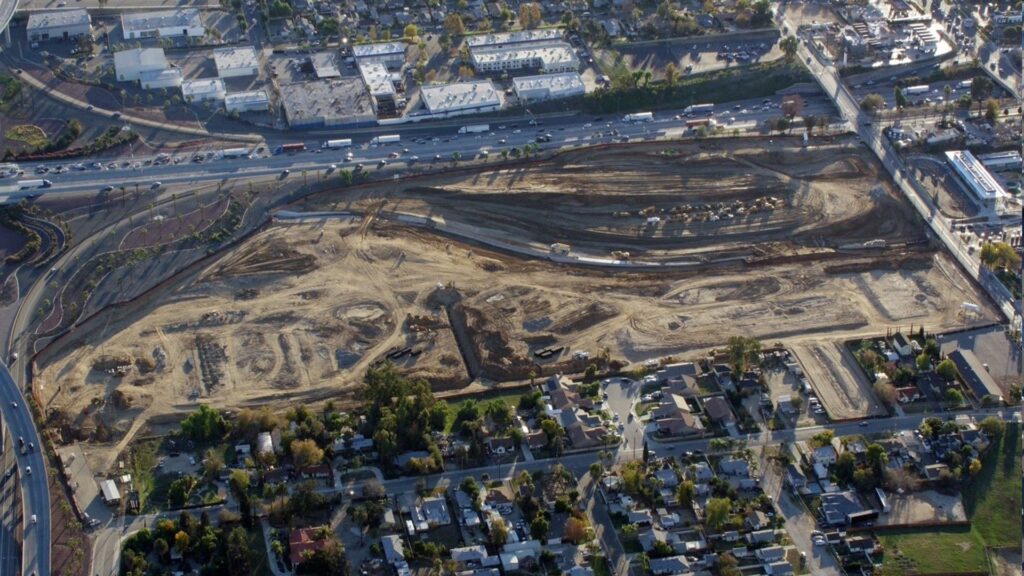Inland Empire Multifamily Market Fundamentals Point to Slower Growth as Economic Shifts Unfold
While the Inland Empire’s economy, in-migration, and employment continue to drive regional growth, the pace of expansion is expected to slow in the second half of 2024.


MARKET OVERVIEW
The Inland Empire’s multifamily market has experienced significant growth over the past year, driven by population in-migration and the region’s affordable housing options. According to the California Department of Finance, the population increased by 0.5% between 2023 and 2024, reaching over 4.6 million residents. This demographic shift has spurred a surge in multifamily construction, with 1,340 new units added to the inventory in the first half of 2024—an increase of 17.5% compared to the same period in 2023.
The vacancy rate in Q2 decreased by 40 basis points from the prior quarter but increased by the same amount from last year, reaching 5.6%. This reflects ongoing adjustments in supply and demand, with newly completed units contributing to a rise in the average asking rent per unit. Although the rate of increase was modest, at 0.7% both quarter-over-quarter and year-over-year, the average rent still reached an all-time high of $2,051 per unit per month.
Inland Empire Multifamily Market Q2 2024 Statistics:

As of Q2, nearly 8,870 units were under construction, marking a 3.3% decrease quarter-over-quarter and a 9.4% decline from Q2 of 2023. This highlights the significant pressures facing multifamily development, including high interest rates, rising construction costs, a slowing economy, and lower rent growth. In the first half of the year, the number of units sold decreased by 30.7% compared to the previous year, totaling 1,359 units year-to-date. However, there was a notable quarter-over-quarter increase of 192.8% in units sold from an extremely low volume in Q1. The average sale price per unit rose by 38.2% quarter-over-quarter but decreased by 12.4% year-over-year to $259,346. The sales dollar volume regionwide for the first half of 2024 declined by 28.6% from the same period in 2023. Additionally, the average capitalization rate increased by 20 basis points compared to last year, now standing at 5.6%. Investors are grappling with price disparities due to rising interest rates, tight credit, and softening market conditions, leading to a decrease in transaction volume.
TRENDS TO WATCH
The fundamentals in the Inland Empire remain in flux as we enter the second half of 2024. A changing economy, in-migration, and employment will continue to drive growth in the region, albeit at a slower pace. According to the latest figures from the California Employment Development Department, the unemployment rate in the Riverside-San Bernardino-Ontario MSA was 5.3% in June 2024, up from a revised 4.3% in May 2024, and higher than the year-ago rate of 4.8%. Workers from neighboring counties will continue to be attracted to the region by its relatively affordable housing. The average asking rent per unit in Los Angeles County is $2,207, which is 7.1% higher than in the Inland Empire. Compared to Orange County, the Inland Empire’s average rent per unit is 21.7% lower.
Low vacancy rates and new construction have been primary drivers of rent growth. Nonetheless, many renters are unable to upgrade to new apartments due to high inflation, causing them to stay longer in lower-priced existing units. Over the past two years, newly completed units have averaged 804 per quarter, with most coming online vacant and registering a 32.0% vacancy rate in Q2. In May, the U.S. Bureau of Labor Statistics reported that the Consumer Price Index for Urban Wage Earners and Clerical Workers in Riverside-San Bernardino-Ontario, CA increased by 4.4% from a year ago, with energy prices rising by 5.8%. This increase is largely attributed to higher gasoline prices, making living in the Inland Empire and commuting to work in Los Angeles or Orange Counties more expensive.
Against this backdrop of slower renter demand for new construction and lower rental rate growth due to rent concessions, investors must remain vigilant to navigate potential challenges and adapt their strategies accordingly. The impact of inflation on borrowing and maintenance service costs is evident in reduced investment sales volume as the market shifts into a lower gear in the second half of 2024.


































































